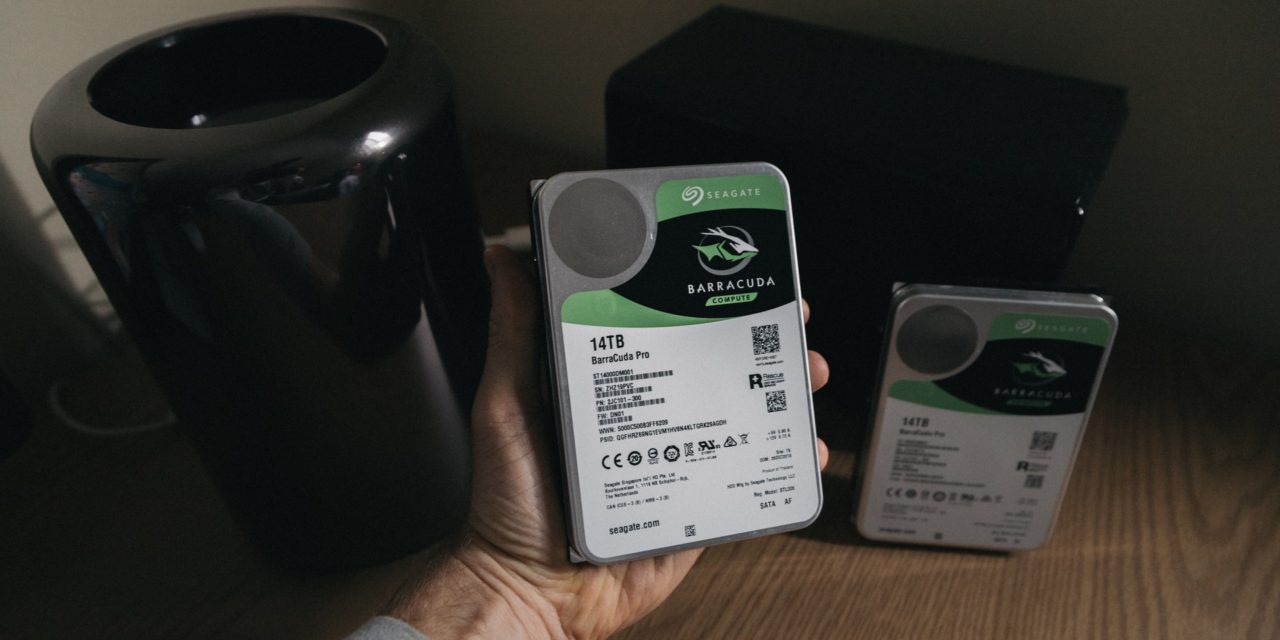[ad_1]
Overview
Flash disks, or Solid State Drives (SSDs), are available for a variety of interfaces, including (e)SATA, (e)USB, eMMC, CF cards, SD/micro SD cards and PCIe disks. There is talk in the industry of making flash disks that can be used in DIMM slots as well. For the purpose of this discussion, we will use SSD to refer to flash disks using any of those interfaces.
Consumer SSD
SSDs come in three general flavors – consumer, enterprise and industrial – with each one prioritizing different features. Consumer SSDs, found in cell phones, tables and laptops, are focused primarily on the cost, followed by performance, and lastly quality. Given that smartphones typically have a retail price of roughly $125, the cost of the storage must be kept low to enable a competitive amount of flash storage while meeting the BOM cost limits. For consumer applications (either cell phone or laptop), if the flash is misbehaving, a reboot or a firmware upgrade can sometimes fix the problem. If data is lost, a customer may be irritated, but the consequences are not likely to have a high-dollar business impact.
Enterprise SSD
Enterprise SSDs used in data centers are concerned with performance first, followed by quality, then cost. Servers that use enterprise SSDs exist in controlled environments, with a UPS to manage unexpected power loss, and a backup system that keeps data mirrored for recovery from unexpected crashes. Enterprise workloads are often dominated by database queries so performance, measured in transactions per second, is the key factor in selecting SSD storage. If failures occur with enterprise SSDs there is usually the ability to quickly switch to a backup drive with minimal downtime or loss of data.
Industrial SSD
Industrial SSDs, or rugged SSDs, are used in applications that have a high cost of failure and operate in harsh, often uncontrolled, environments. Examples of these devices include a programmable logic controller (PLC) that handles operations at a nuclear power plant or high-speed factory assembly line; a flight data recorder on an airplane; or a pipeline monitoring system in an oil field. Therefore, the primary focus of industrial SSDs is the quality to ensure device longevity despite operation in harsh environments. While there is broad agreement on the relative priority of requirements for industrial SSDs – 1) quality, 2) performance, 3) cost, there is not a consistent definition for the specifications. It changes from supplier to supplier. Some believe that the only flash that's reliable enough for industrial use is Single Level Cell (SLC) flash. Others claim that their Multi-Level Cell (MLC) flash can deliver industrial-grade reliability. Some industrial flash suppliers show that the operating temperature range is the only differentiator between the consumer grade and the industrial grade. Other industrial SSD manufacturers have a very wide array of features beyond extended temperature range.
Cost is a most obvious differentiator between consumer SSD and industrial SSD. On DRAM Exchange (www.dramexchange) the average street price for a 256 GB SSD is $173, or 68 cents/GB. For comparison, on Digikey (www.digikey.com) a 64GB SSD from Virtium costs $460, or $7.18/GB. While not all industrial SSDs have this great a cost differential compared to consumer SSDs, the price is markedly higher for SSDs with specs that include extended lifetime, broader temperature range and other industrial requirements. So how do the differences account for higher pricing?

